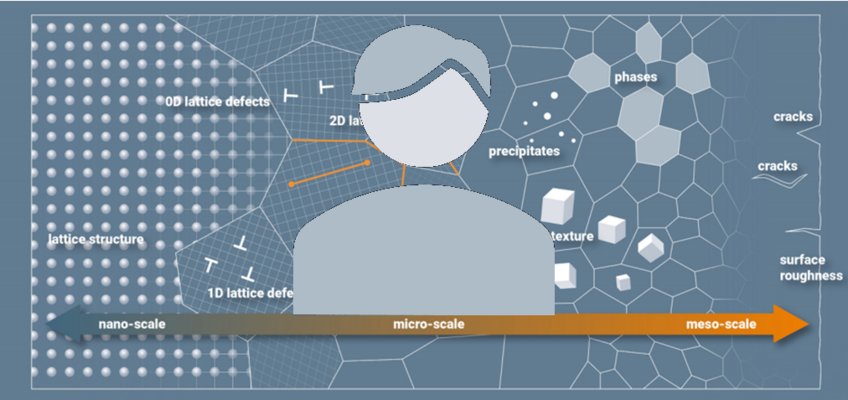
Microstructural degradation of bearing steels under rolling contact fatigue
Roller bearings are subjected to complex and repeated contact loads, which induce damage that accumulates and ultimately leads to failure or removal from service. However, it is not clear whether some of the damage that is detected in post-service examinations is the cause or consequence of failure. In order to gain confidence in the mechanisms of failure, it is necessary to be able to reproduce damage phenomena in controlled experiments, where the ambiguity of interpretation is reduced. In this presentation, the carefully designed experiments used to clarify the controversy regarding the formation of white areas in etched bearing steel samples in presented. By introducing controlled cracks in steel through heat treatment and subjecting these samples to rolling contact fatigue, it was seen that “white-etching matter” forms around cracks through the rubbing of their surfaces suggesting that it is a consequence, and not a cause, of damage. The macroscopically homogenous distribution of microcracks proved also to be a useful rolling contact fatigue life enhancer and a powerful trap for diffusible hydrogen. By studying the behavior of a nanostructured bainitic steel under rolling contact fatigue and its lack of white-etching matter formation it is concluded that such microstructural degradation can be avoided by eliminating cracks (raising toughness), trapping hydrogen, and eliminating proeutectoid carbides from the microstructure.